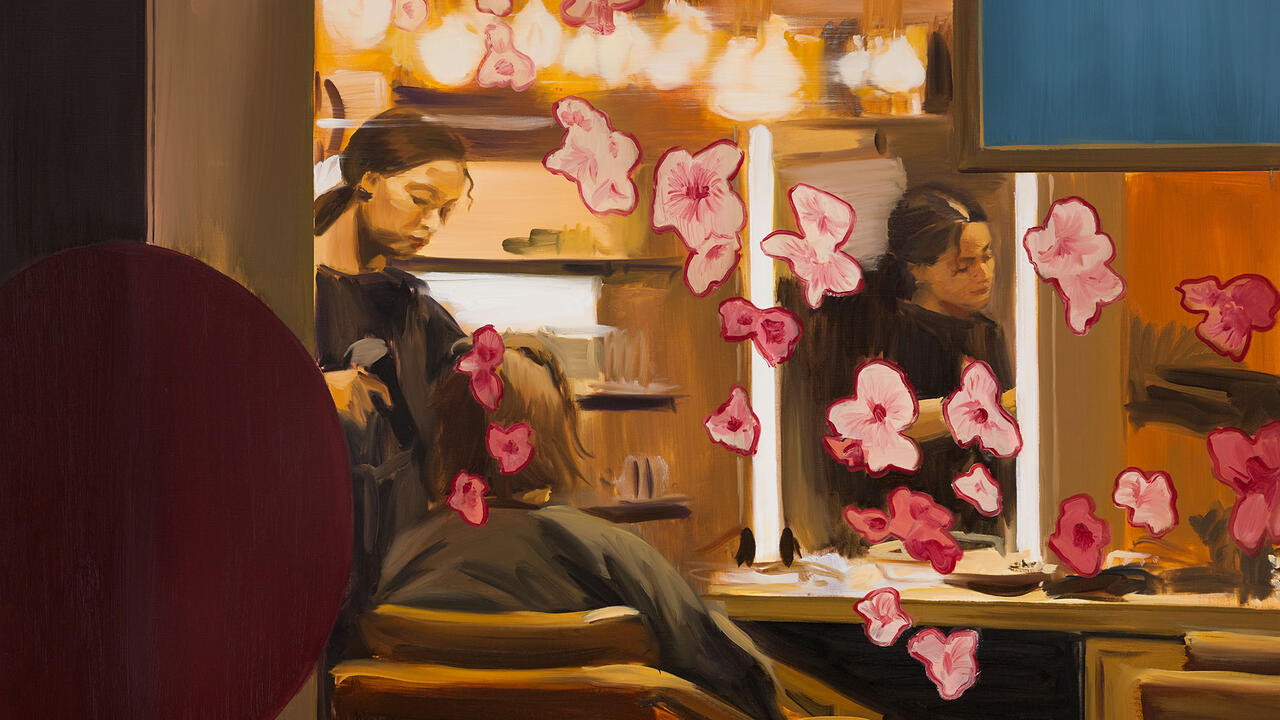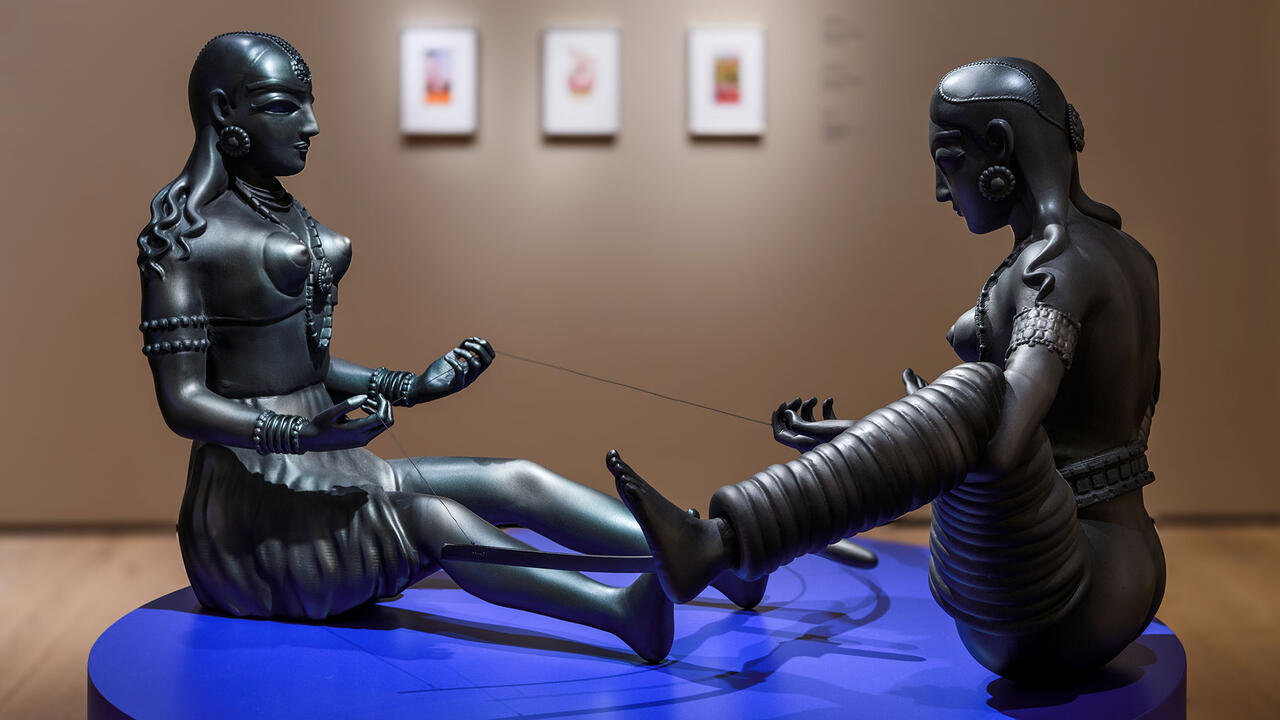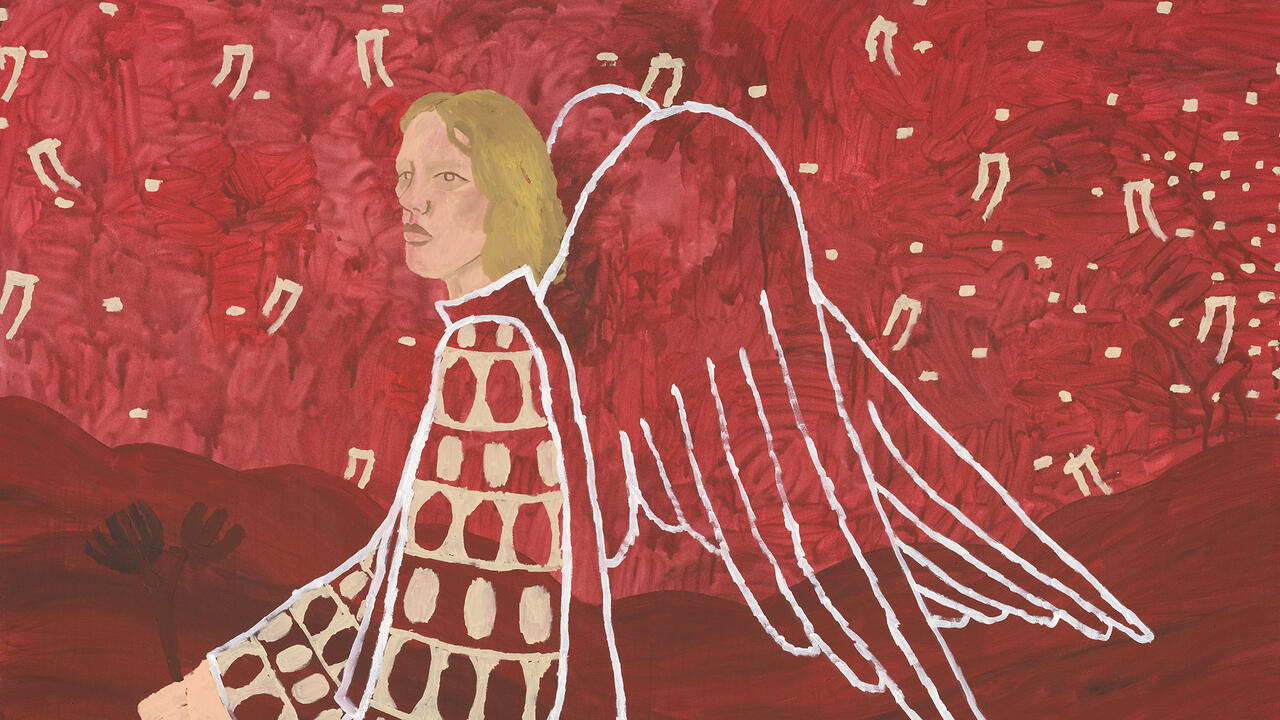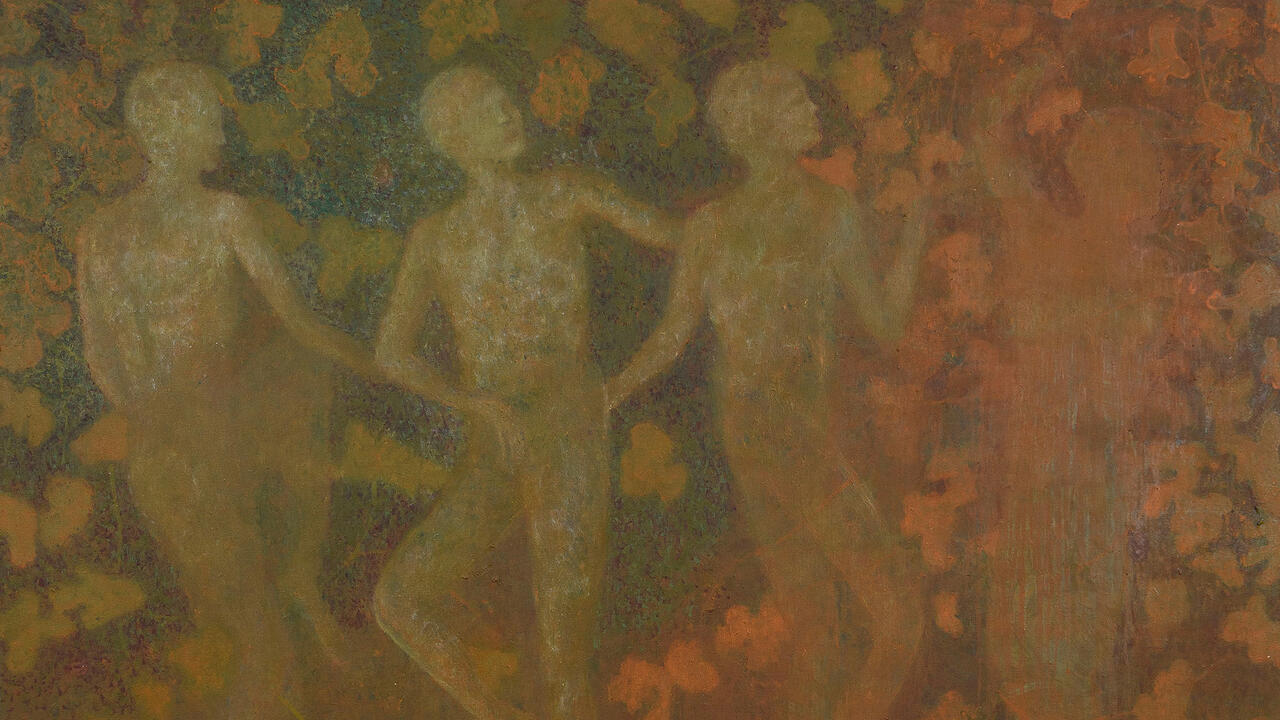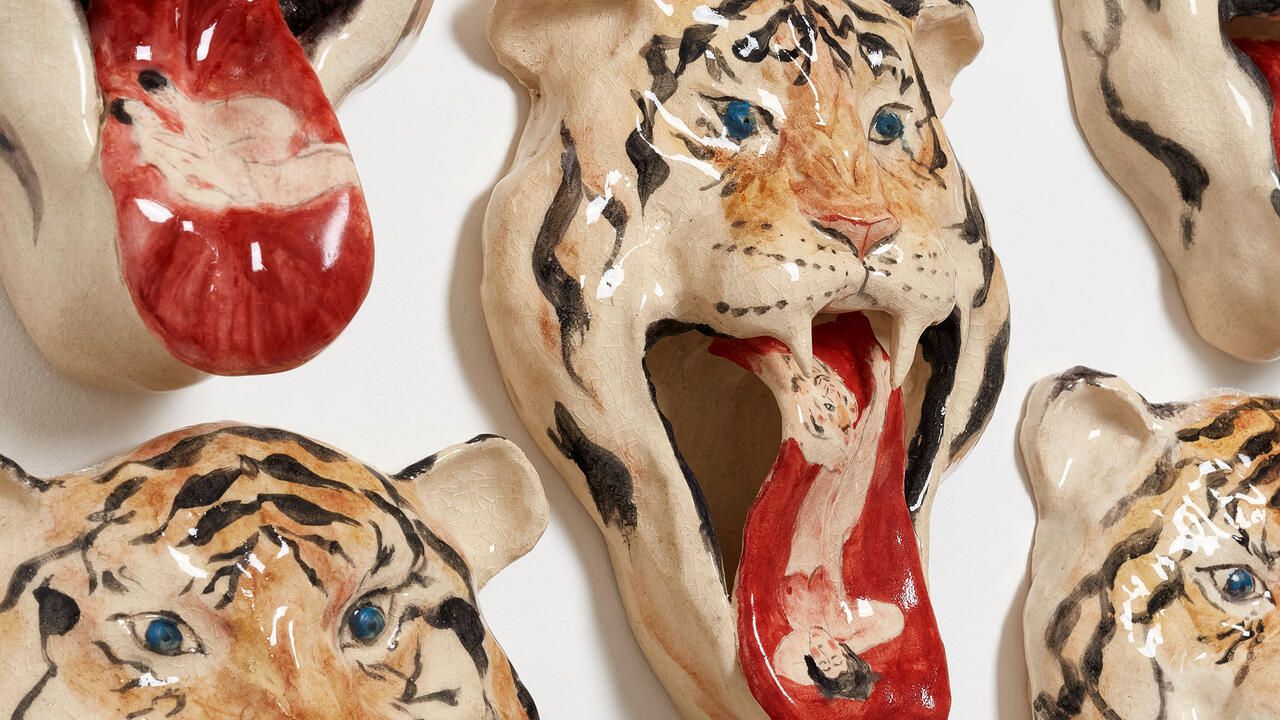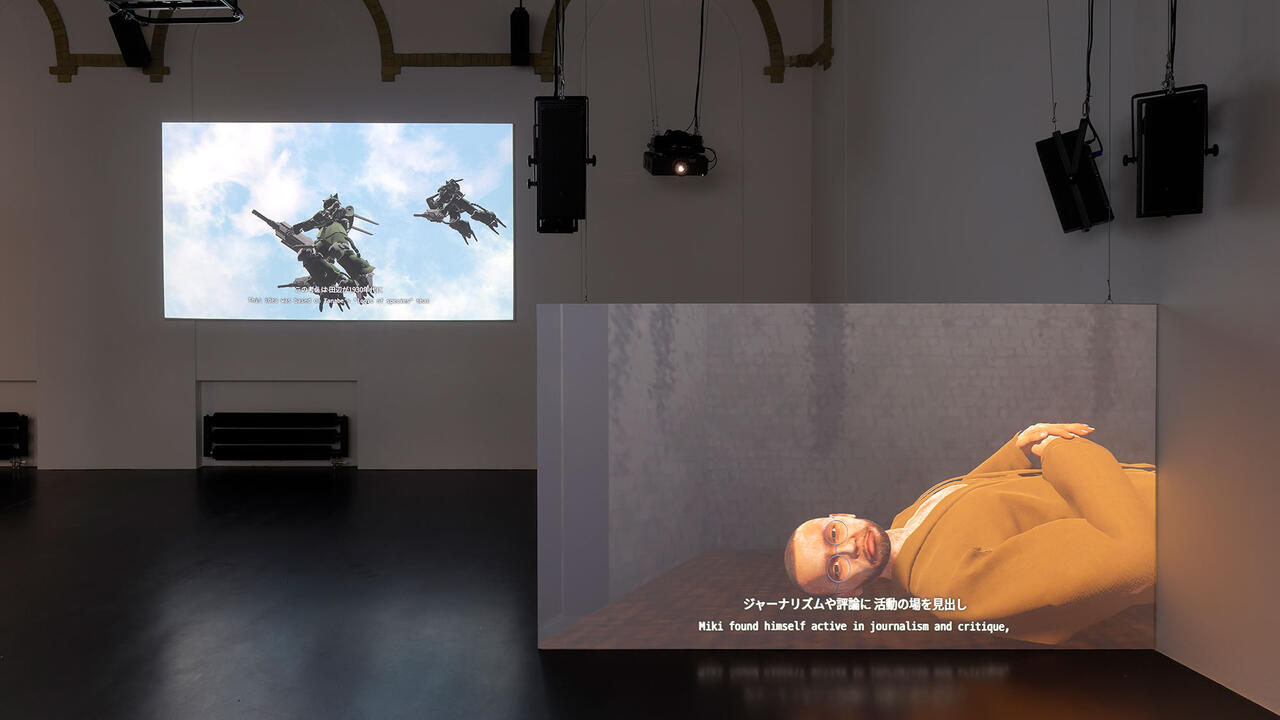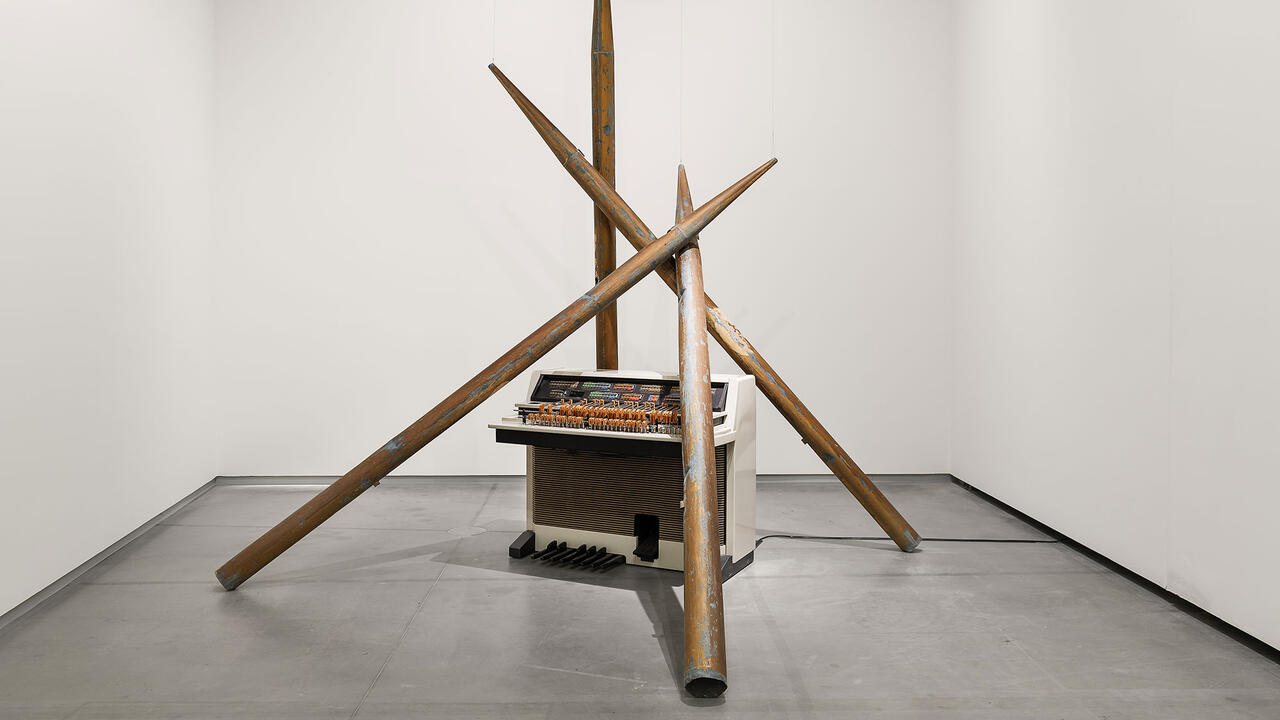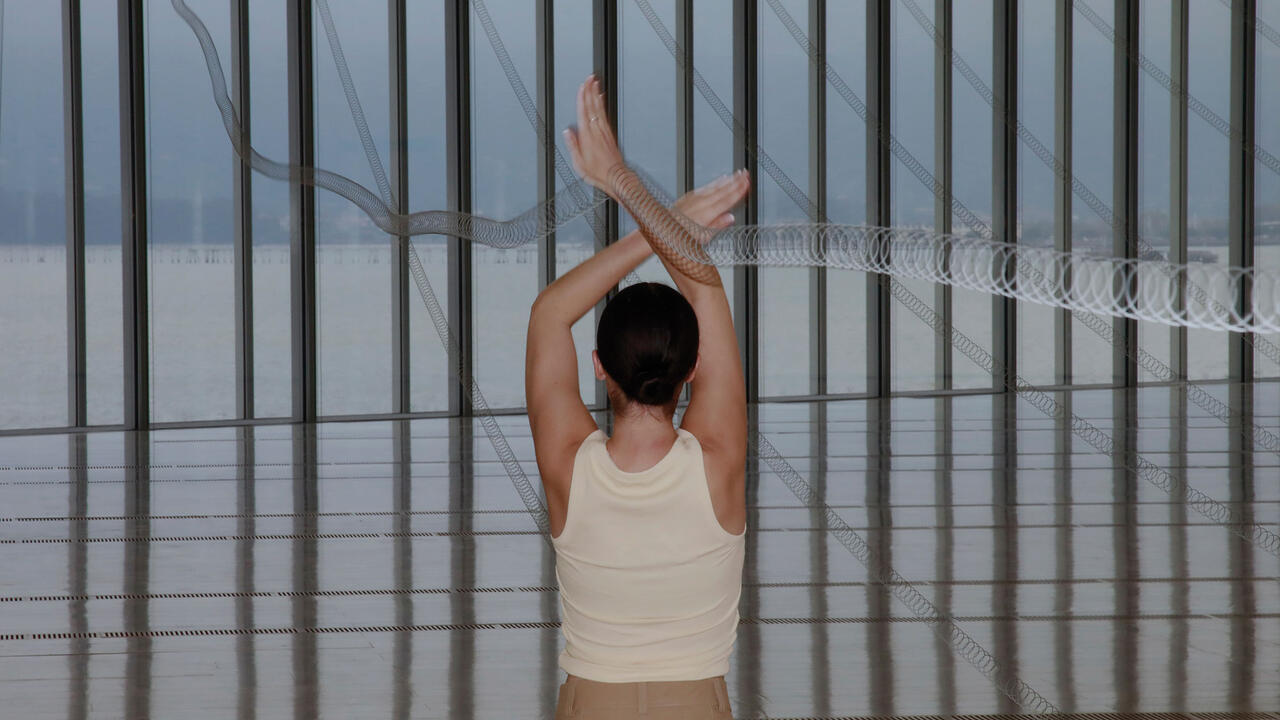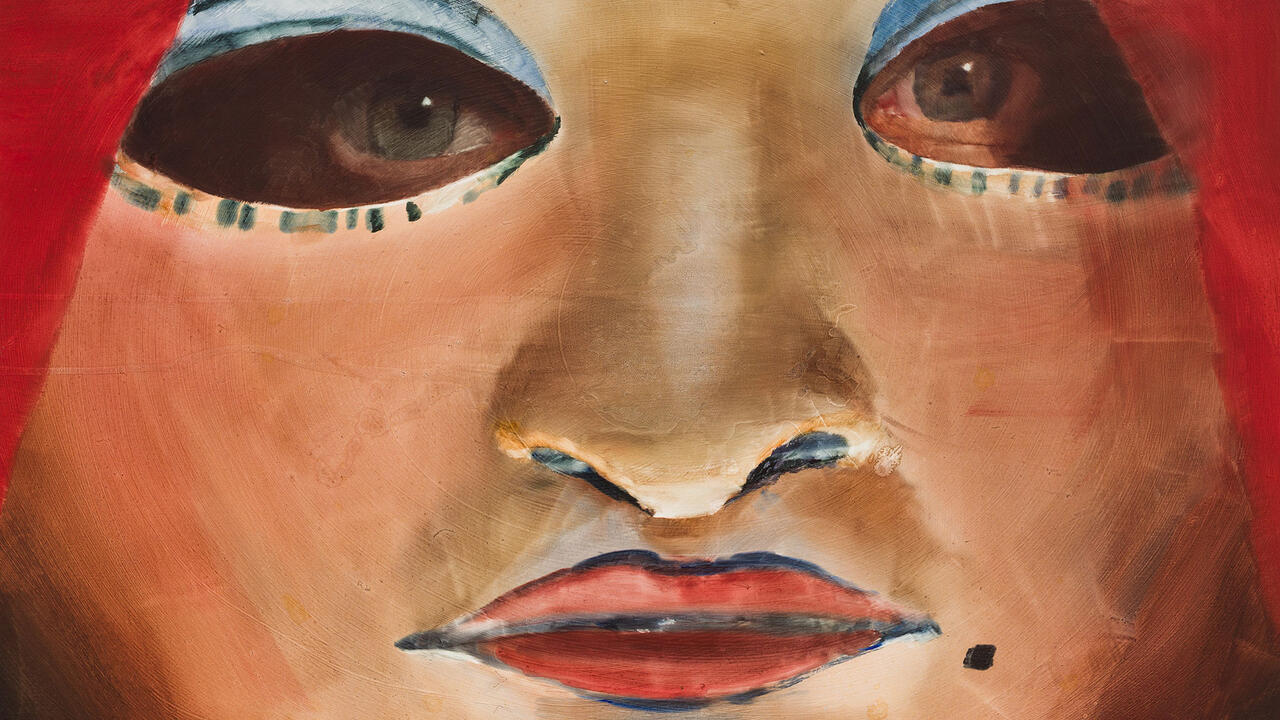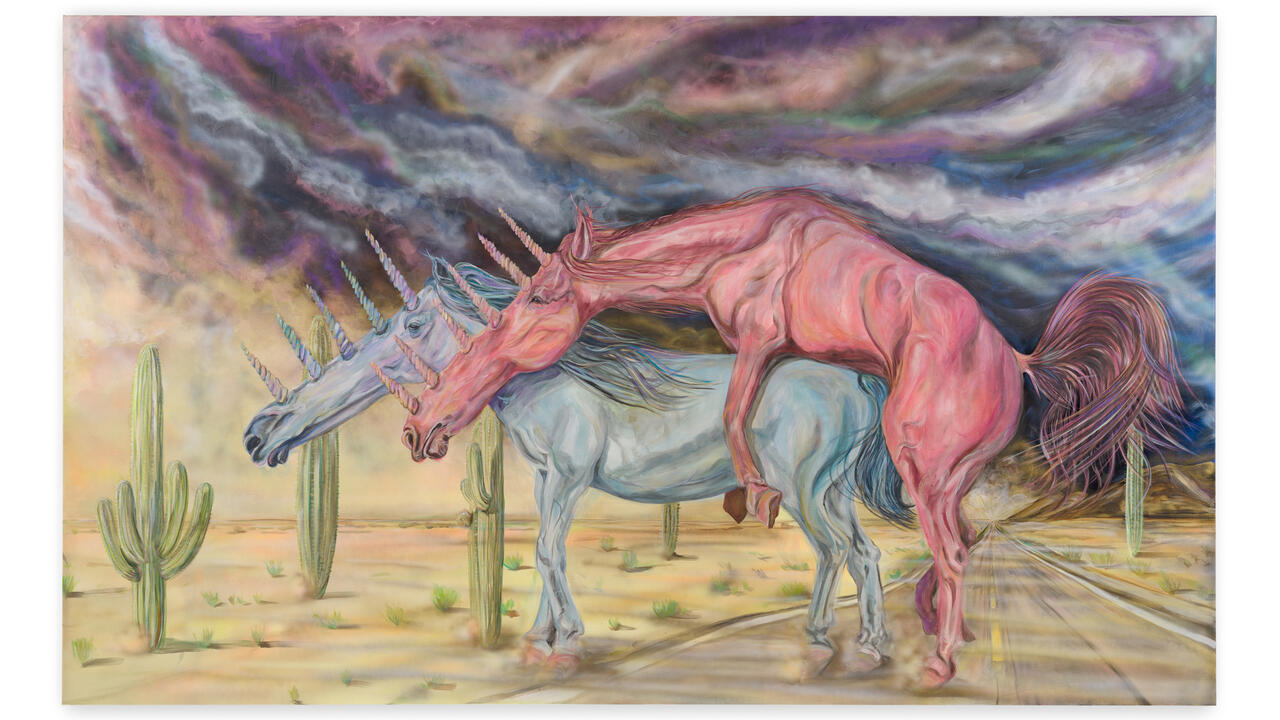‘Living Encounters’ Mines our Eternal Conflicts
At Kiasma, Helsinki, a group exhibition weaves the strands of contemporary life’s omnipresent anxieties into a complex and intriguing fabric
At Kiasma, Helsinki, a group exhibition weaves the strands of contemporary life’s omnipresent anxieties into a complex and intriguing fabric

Entering ‘ARS22: Living Encounters’ – an exhibition that features 55 artists or groups from 26 countries, who are grappling with hot-button topics such as inequality, climate change, more-than-human life and indigenous wisdom – I braced myself for a kitchen sink stacked high with all that’s wrong with the world. It didn’t help that the exhibition opened mere weeks after Russia invaded Ukraine – Finland shares a 1,340-km border with Russia. ‘We’re gearing up for war’, a local told me.

Still, ‘ARS22’ – the tenth edition of Finland’s largest contemporary art show, which was first held in 1961 and since the 1990s has run roughly every five years at Kiasma – manages to (mostly) evade catastrophizing, and instead weaves the strands of contemporary life’s omnipresent anxieties into a complex and intriguing fabric. This is not a show with a single through-line or multiple pat narratives, but rather a dense expression of our equally dense ‘time of generalized crisis’ or ‘emergency convergence’ – the terms with which curator João Laia opens his catalogue essay. Amid this are nods to the past (some works on show were featured in prior iterations of the exhibition series), which show again and again that concerns such as racism are evergreen.

Free, White and 21 (1980), for example, is a video work in which Howardena Pindell, facing the camera as herself, explains racist incidents from her life, then, disguised as a blonde, white woman, dismisses those same incidents. Similarly, the painting When the Sea Dies II (1973), by Kimmo Kaivanto, depicts a seemingly endless stagnant pond covered with water lilies, and brings to mind earlier eras of eco-sensitivity (Rachel Carson’s watershed environmental science book Silent Spring was written in 1962). Made nearly 50 years after Kaivanto’s painting, Cyprien Gaillard’s video Ocean II Ocean (2019) meditates on humanity’s interference with nature, in footage of decommissioned New York City subway cars falling into the sea to become artificial reefs, and aquatic fossils set within the decorative marble of Russian subway stations. Nature, Gaillard seems to suggest, always prevails, even if it’s on its own timeline.

This mini biennale does sometimes threaten to veer into overwhelming doom – replacing the art he’d planned to show, Russian artist Evgeny Antufiev has installed the phrase NO WAR in large black letters on a museum wall that is visible from outside the gallery, and Tuan Andrew Nguyen's transfixing video My Ailing Beliefs Can Cure Your Wretched Desires (2017), shows characterizations of two extinct species debating an overthrow of humans amid footage of animal abuse – but there’s also room for hope. Eva Kot’átková’s What Does a Turtle Feel Through the Carapace: Interspecies Traveling Classroom (2022), a tent-like structure in which colourful animal costumes are tossed over chairs (in forthcoming ‘empathy workshops’ a viewer can become, say, a crab or fish), embodies a playful departure from anthropocentricity. Laure Prouvost’s Four For See Beauties (2022), a dreamy video starring a baby, two women and some fish, is projected in a heated, womb-like room; the atmosphere is one of nurturing, togetherness, care and comfort.

On Kiasma’s top floor, amid several works based on ancient Greek mythology, such as Grada Kilomba’s video Illusions Vol. III, Antigone (2019) or Vojtěch Kovařík’s 2021 trio of paintings The Three Fates: Clotho/Lachesis/Atropos (which shows the titular characters as flat, androgynous figures), it hits me that what links the disparate stories embedded in this show is that they represent eternal conflicts, our oldest tensions still unresolved. Yet we go on. Weeks after my visit, Jenna Sutela’s I Magma (App) (2019) delivers cryptic divinations (‘The pearl was born’) to my smartphone based on user coordinates and footage of chemical flow inside the head-shaped lava lamps Sutela shows in the exhibition, but also on AI and the I Ching. The ways through crises, ‘ARS22’ seems to suggest, might lie in melding the individual and collective, and future visions with ancient wisdom(s).
‘ARS22: Living Encounters’ is on view at Kiasma, Helsinki, until 16 October 2022.
Main Image: Kimmo Kaivanto, When the Sea Dies II, 1973, oil on canvas, 195 × 162 cm. Courtesy: the artist









